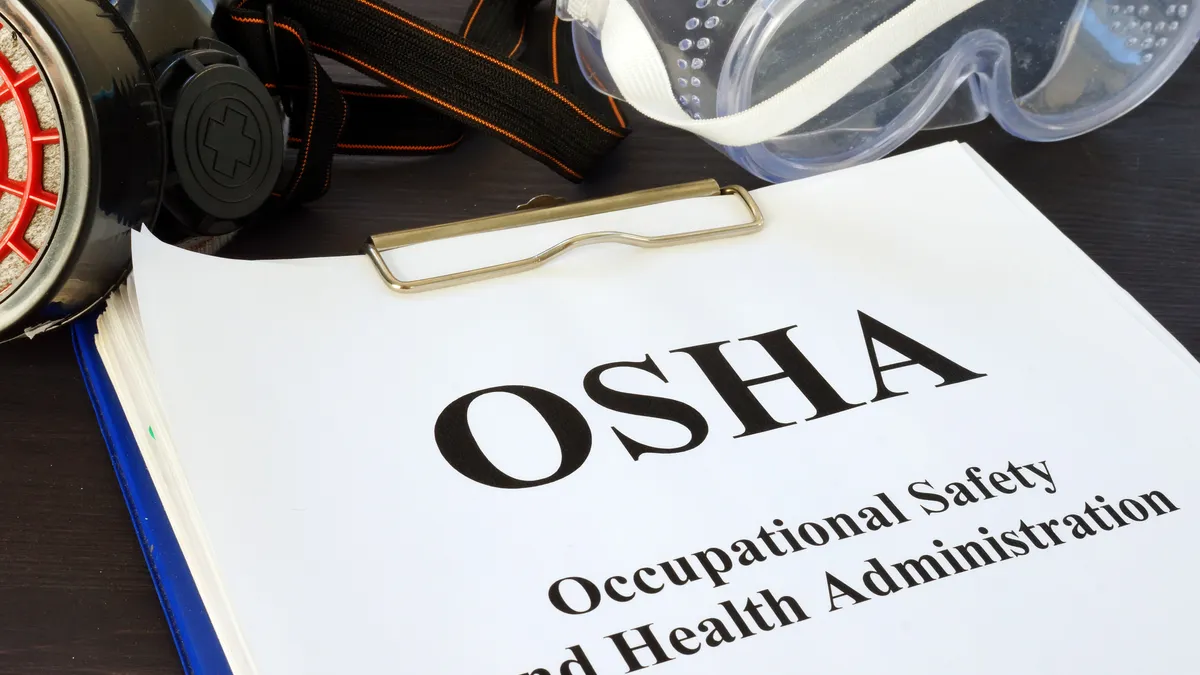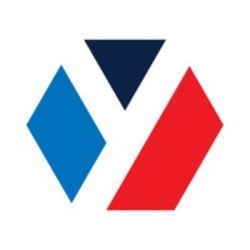Dive Brief:
- OSHA has cited a Montana highway contractor for 26 serious and two other violations and proposed fines totaling $225,425 in connection with an accident during which three employees sustained burns and one worker fell. The agency's initial press release in April reported 23 serious violations and fines of $261,418.
- The agency said three employees of Kalispell, Montana-based highway contractor Nelcon Inc. were burned at a mobile asphalt mixing plant in Laurel, Montana, when they poured cooler oil into a hot oil tank. One worker fell 15 feet and had to be hospitalized.
- The violations that OSHA issued to Nelcon include failing to use fall protection systems and guard machinery; not providing sufficient personal protective equipment; failing to control hazardous energy; and not reporting a work-related incident leading to hospitalization within 24 hours.
Dive Insight:
Nelcon was also cited by the Mine Safety and Health Administration — an agency of the U.S. Department of Labor — in August 2017, according to the Billings Gazette, after an excavator and truck tipped into a mine pit while the company's employees were working on another stretch of the same highway where it incurred the most recent OSHA violations.
Highway work poses serious safety risks to workers, according to OSHA, including fall, electrical, struck-by and caught-between hazards. Since work started on the $2.3 billion I-4 Ultimate project in Orlando, Florida, for instance, there have been four deaths from struck-by incidents. One worker was run over by a dump truck, and the next died after he was hit by a piece of steel equipment. A third worker was killed when a rebar cage fell on him, and the last died after he was hit in the head by a 20-foot-long iron pipe. In February, three workers on the project were injured after they fell approximately 15 feet from an elevated platform while pouring concrete.
In 2017, according to the most recent data from the Federal Highway Administration (FHWA), there were 132 worker fatalities at road construction jobsites. However, some of the threat came from non-construction vehicles traveling close to work zones.
Highway contractors can reduce the risk of struck-by accidents to their workers, according to the FHWA, through the use of such measures as high-visibility clothing and positive protection devices. The latter includes portable and movable concrete barriers, ballast-filled barriers, shadow vehicles and vehicle arresting systems, all of which help prevent vehicles from entering work zones.












